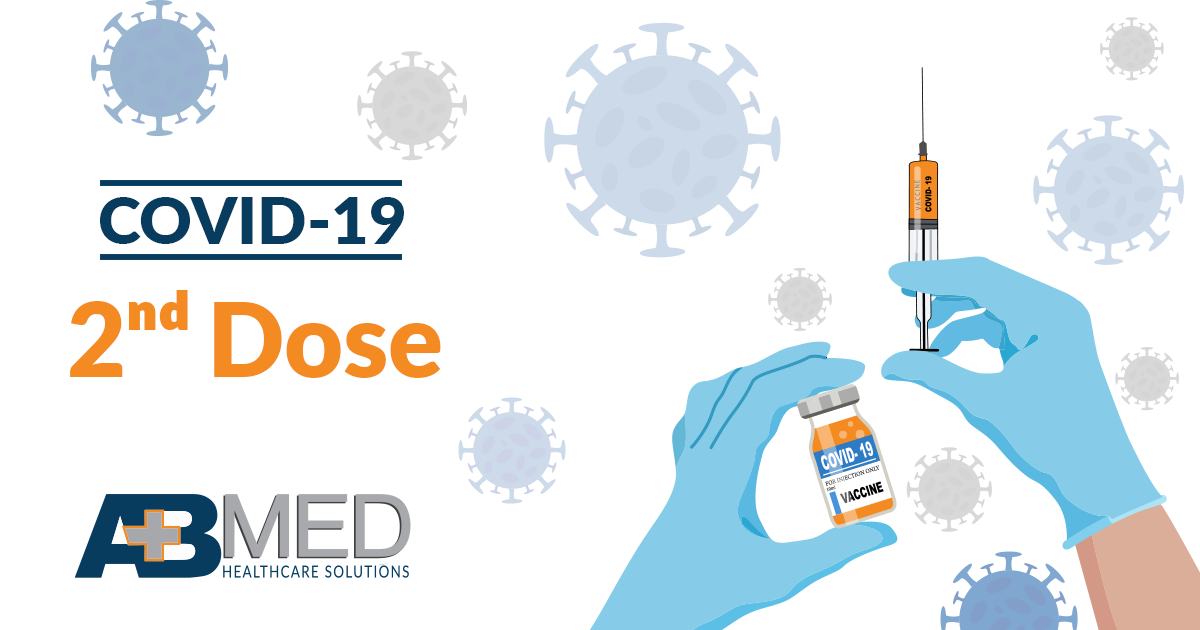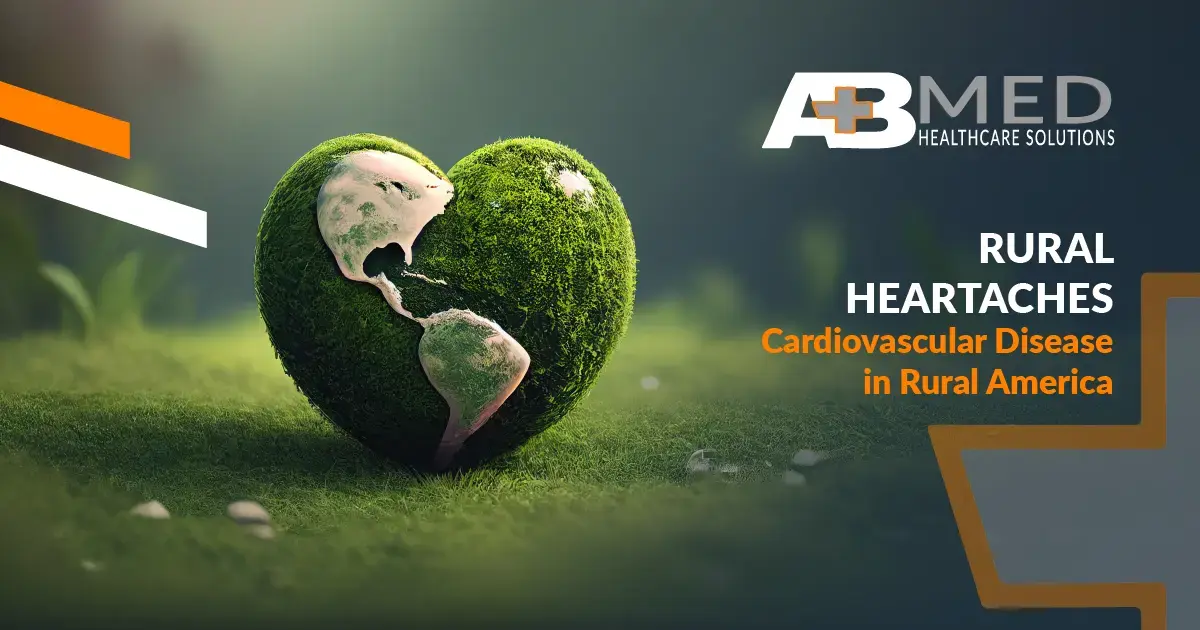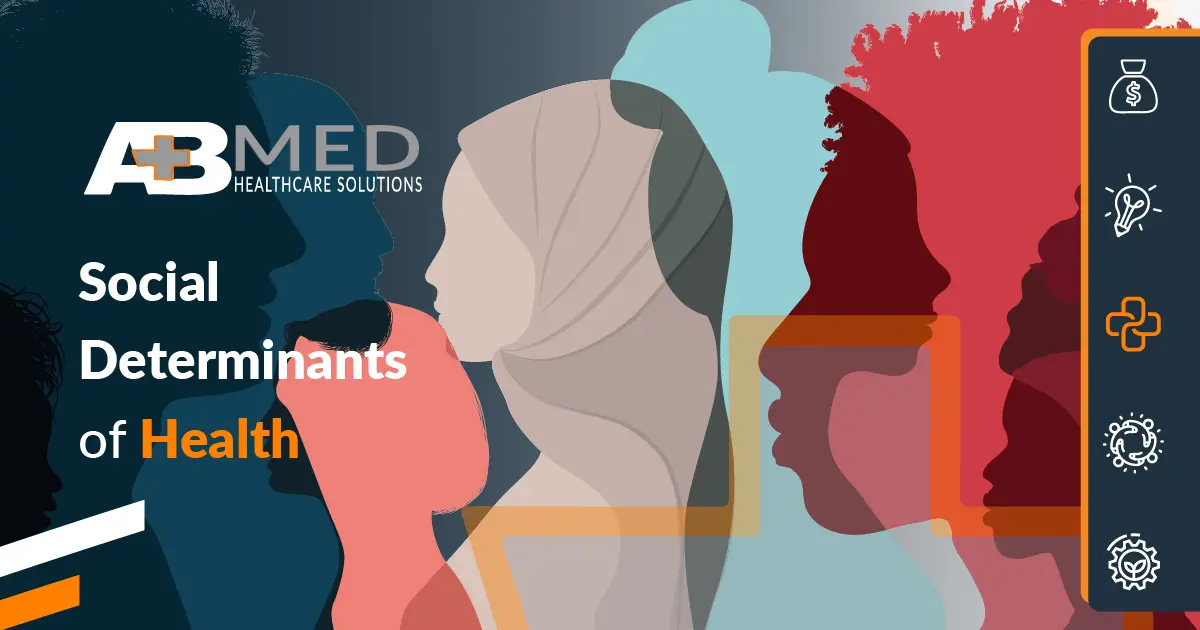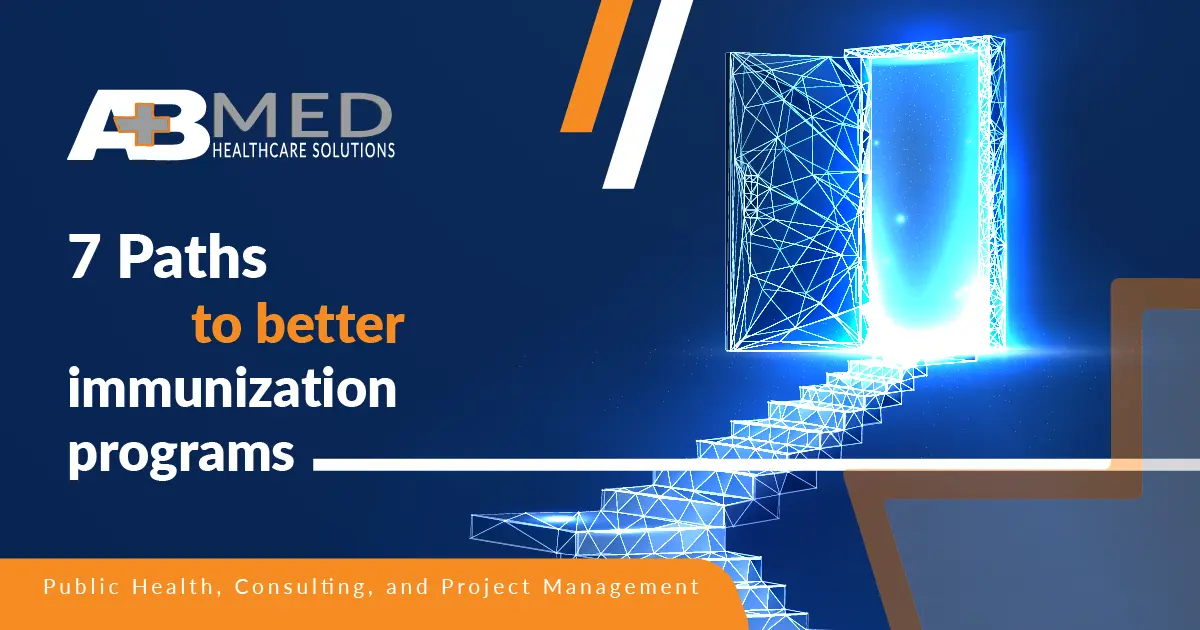As many locations are wrapping up Phase 1 of the COVID-19 vaccine distribution rollout and looking toward Phase 2, healthcare systems are looking at more than just adding groups to the pool of those needing to come get their first COVID-19 vaccine; they’re also looking for ways to make sure those who have already received one dose come back for their second.
As both the Pfizer and the Moderna vaccines are two-dose vaccines, making sure patients return for their second dose is crucial—especially since there is not conclusive data on the effectiveness of only one dose of the vaccine.
However, in looking at data for other two-dose vaccine rollouts, such as the HPV vaccine, we know that a disturbingly low percentage of patients tend to return for the second dose in a series. When vaccinating to fight a pandemic, low patient return rates can be disastrous.
Strategies
Looking at previous vaccine distribution strategies reveals that one possible communication breakdown around two-dose vaccines surrounds reminders: while providers may be focused on administering the vaccine and assume patients will take responsibility for following up, scheduling their second dose, and making sure they don’t miss their appointment, patients often expect their providers to issue reminders.
Additionally, patients may have more reservations or questions than providers expect, and may need stronger communication or educational work from healthcare staff—including primary care providers—in order to understand and fully buy-in to the vaccine. In addition to following up with patients who have already received the first dose of the vaccine, then, providers should consider ways to begin education around the importance of receiving both doses of the vaccine early—as far before patients receive that first dose as possible.
And, once you’ve given the first dose of the vaccine, there are several strategies you can use to follow up with patients. Data from previous vaccine distribution initiatives indicate that a multicomponent approach is best. Preferably, you should offer multiple reminder options for your patients to opt into. Here are some of the best ways to remind your patients about the second dose of the vaccine.
Text Reminders
Text reminders can be highly effective in increasing the number of patients who return for a second dose of a given vaccine. However, don’t rely on a single text reminder; instead, allow patients to opt in on reminders, and then begin reminding them to schedule their second vaccine dose early. Some studies on other vaccine distribution strategies indicated that patients may need as many as three reminders when using a text reminder.
Once a patient schedules, however, don’t stop the text reminders. Many patients miss their appointments for the second dose of a vaccine. Consider following the same guideline of three texts and sending at least three text reminders leading up to a patient’s appointment.
Since texts are short and can easily feel impersonal, be sure you have a clear way for patients to get more information about the vaccine—including about what to expect after administration—included in your text, whether that’s a link, a phone number, or another method of contacting your facility, such as email or patient portals.
Email Reminders
Many nations, with high TB prevelance, routinely vaccinate against Tuberculosis. As we all continue to work tirelessly to ensure successful rollout of the COVID-19 vaccine, we should also ensure that we’re following up with patients regarding routine vaccines—including the TB vaccine (BCG vaccine). Lockdowns and other impacts of COVID-19 have delayed vaccine schedules and other routine care for children all over the world. Some areas even reporting explicit diversion of resources from TB vaccination programs to focus on the COVID-19 vaccine. The CDC and WHO have both condemned such diversions. However, preventing TB for children helps get us closer to eradicating the disease—and it prevents a potential comorbidity factor for COVID-19.
Previous vaccine distribution approaches indicate that a combination of email and text reminders may be both preferable for many patients and may be more effective. Be sure to offer both options to patients if possible—and make sure your email reminders use the longer format of an email (as compared to texts) to offer patients more connections to resources or communication methods than you might be able to offer in a text.
Phone and Face-to-Face Reminders
Some patients may prefer phone reminders. If your facility already provides regular phone reminders for appointments, consider how you might expand that reminder system to include the multiple instances of reminders and types of reminders mentioned in the other sections of this post. Make sure any staff doing appointment reminder calls is equipped to educate patients about the vaccine to the extent appropriate.
Education is crucial in face-to-face interactions, too. In other vaccine distribution efforts, physicians themselves talking to patients about a vaccine’s importance—and, especially, the importance of both doses—can have substantial impact on rates of vaccination. Make sure your entire team is offering reminders and education to patients, trying to schedule their next vaccine dose before they leave the office, and making sure they understand the importance of the second dose.
Developing a Plan
We understand that developing a communications plan around the distribution of the COVID-19 vaccine might be more than your team has time for in the midst of a stressful distribution schedule. AB Med is here to help. We are happy to assist at any phase of your vaccine distribution planning, including helping you revamp your reminder system, develop and implement a customized approach from scratch, or simply consult on best practices for your unique facility.
We’d love to talk with you today about how our solutions can help your vaccine distribution—from dose one to dose two—go as smoothly as possible. Let’s Connect.
COVID-19 Disclaimer
At AB Med, accuracy is our highest priority, and everything we publish is up-to-date based on research and news at the time of release. However, due to the continually evolving nature of COVID-19, we are aware that available data changes quickly. The available data and recommendations may have changed since this article’s publication. Please check the CDC, WHO, and your local health department for the most current recommendations and news.
REFERENCES & RESOURCES
- Perkins, R.B., Chigurupati, N.L., Apte, G., Vercruysse, J., Wall-Haas, C., Rosenquist, A., Lee, L., Clark, J.A. and Pierre-Joseph, N. (2016). Why don’t adolescents finish the HPV vaccine series? A qualitative study of parents and providers. Human Vaccines & Immunotherapeutics, 12(6), pp.1528–1535. [online] Available at: https://www.ncbi.nlm.nih.gov/pmc/articles/PMC4964719/
- Berenson, A.B., Rahman, M., Hirth, J.M., Rupp, R.E. and Sarpong, K.O. (2016). A human papillomavirus vaccination program for low-income postpartum women. American Journal of Obstetrics and Gynecology, 215(3), pp.318.e1–318.e9. [online] Available at: https://sci-hub.do/10.1016/j.ajog.2016.02.032.
- login.ku.edu. (n.d.). Login – CAS – Central Authentication Service. [online] Available at: https://www-sciencedirect-com.www2.lib.ku.edu/science/article/pii/S0264410X11001253?via%3Dihub [Accessed 26 Jan. 2021].
- Holloway, G.L. (2019). Effective HPV Vaccination Strategies: What Does the Evidence Say? An Integrated Literature Review. Journal of Pediatric Nursing, 44, pp.31–41. [online] Available at: https://pubmed.ncbi.nlm.nih.gov/30683279/.
- Bednarczyk, R.A., DuVall, S., Meldrum, M.D., Flynn, M.K., Santilli, L.A., Easton, D.E., Sharma, P., Blog, D.S., Zansky, S.M., McNutt, L.-A. and Birkhead, G.S. (2013). Evaluating the most effective distribution strategies to assure administration of pandemic H1N1 influenza vaccine to New York State children and adolescents: evaluation using the New York State Immunization Information System. Journal of public health management and practice: JPHMP, [online] 19(6), pp.589–597. Available at: https://pubmed.ncbi.nlm.nih.gov/23299656/ [Accessed 26 Jan. 2021].
By: Erik McLaughlin MD, MPH and Aikaterini Papadopoulou, B.Arch






